Sherman Gardens In Corona Del Mar
In Town Escape From The Pressures Of Living!
Visiting With Friends March 22nd 2016 (Page Two)
Our adventure continues...

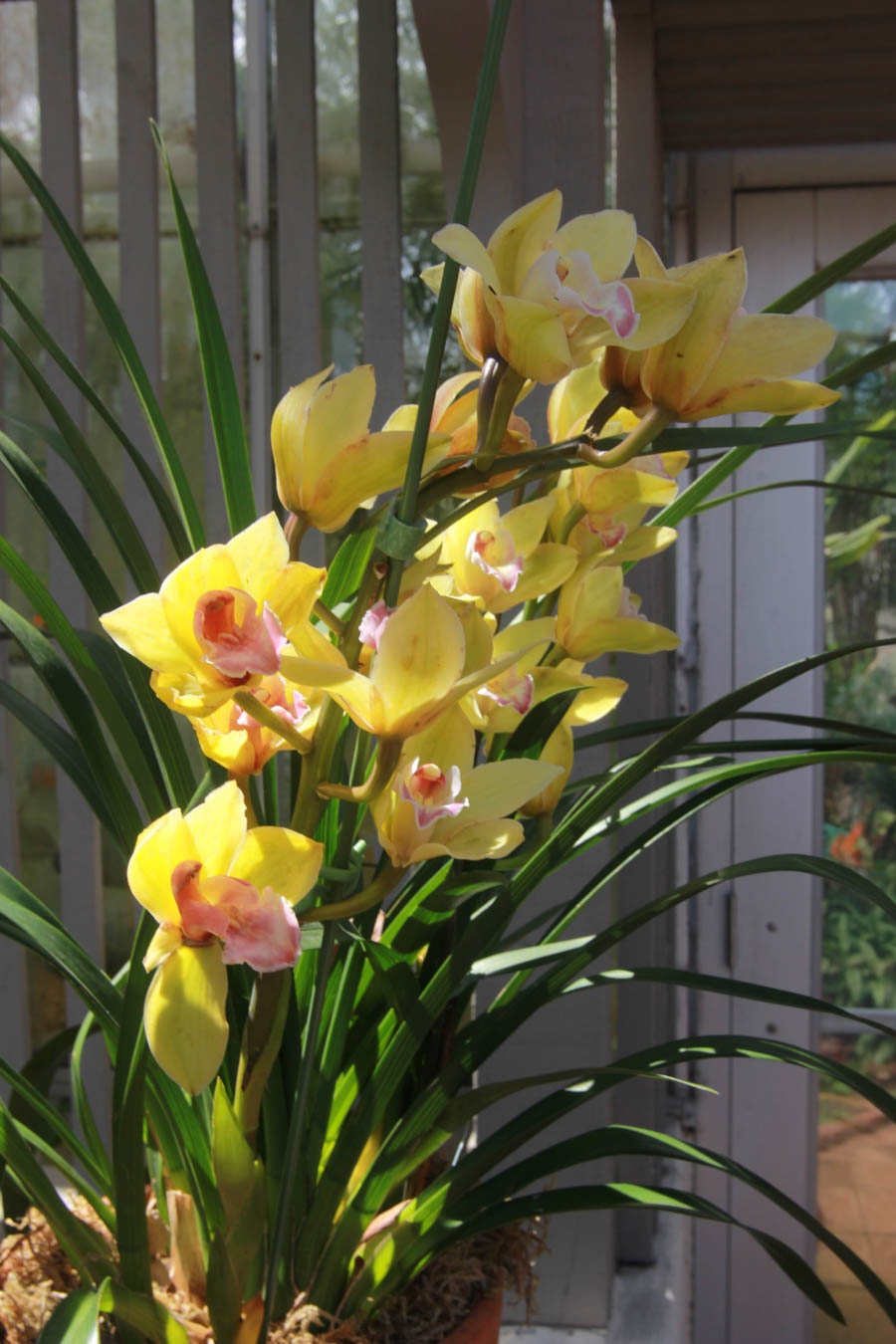
Nature is magnificent!
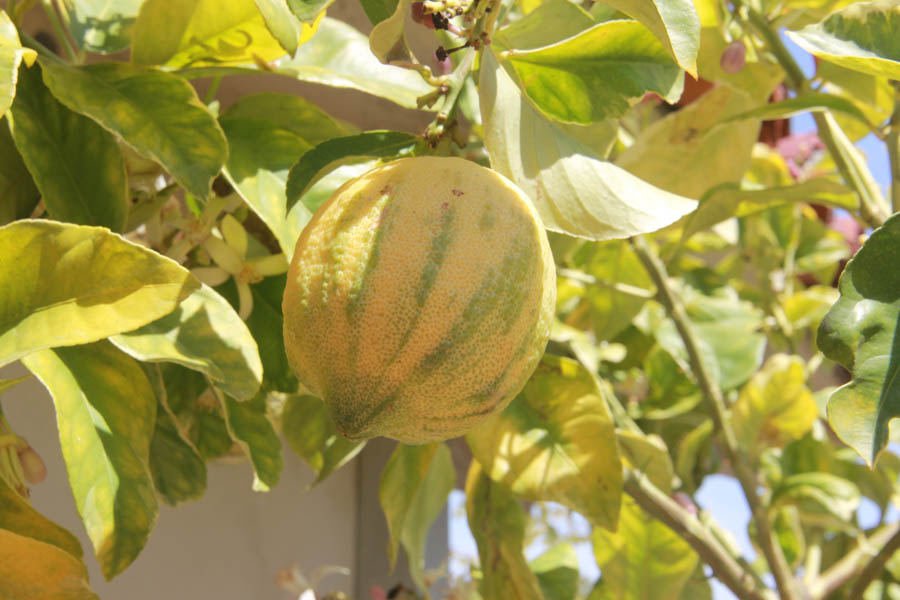
Verigated lemons
Did You Know? - The variegated pink lemon, also called the variegated Eureka lemon, or pink-fleshed Eureka lemon is a cultivar of lemon (Citrus × limon) with unique pink flesh, and variegated foliage. It was discovered as a sport on an ordinary Eureka lemon tree in Burbank, California c. 1930.

We did have one at home.... It got too large!
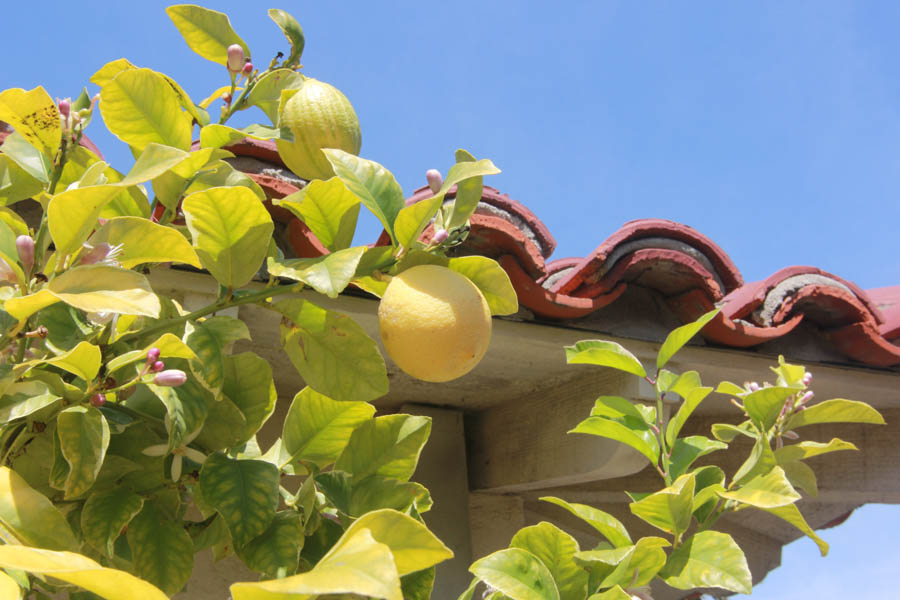
Such a beautiful sky!
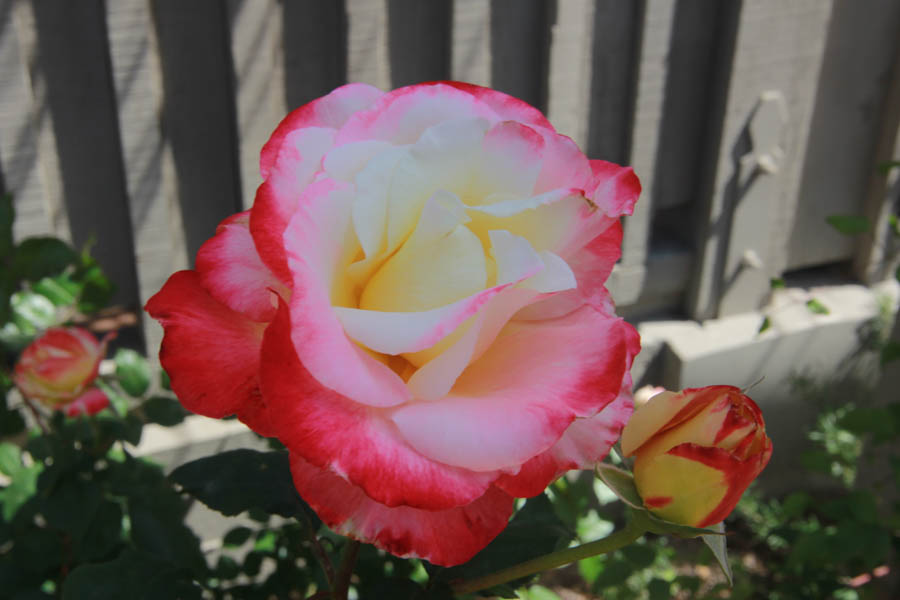
Rose are red...

Roses are yellow...

They have a super view of the entire garden

It is going to be red eventually

Buddah rests in the garden
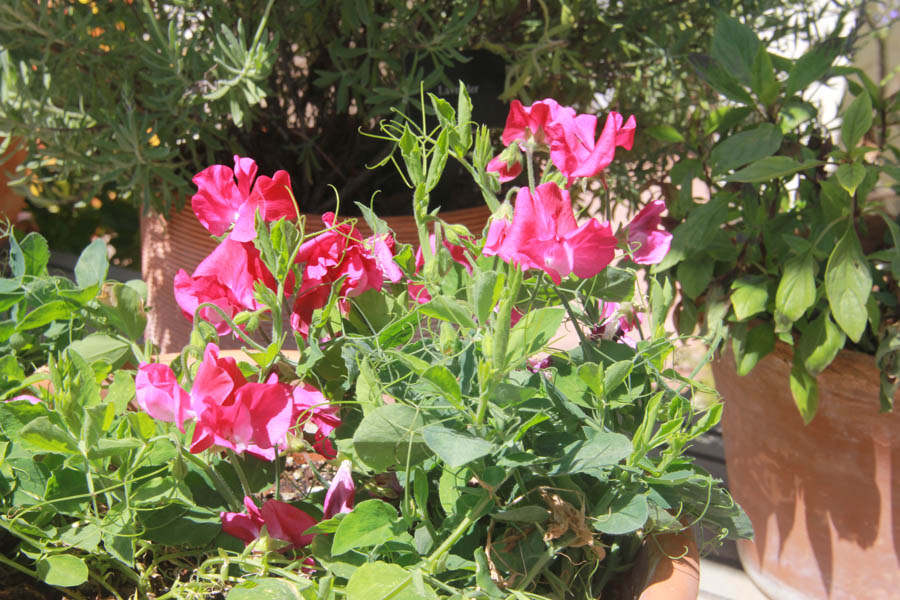
Sweatpeas?
Did You Know? -
Scottish nurseryman Henry Eckford (1823–1905) cross-bred and developed the sweet pea, turning it from a rather insignificant if sweetly scented flower into a floral sensation of the late Victorian era.
His initial success and recognition came while serving as head gardener for the Earl of Radnor, raising new cultivars of pelargoniums and dahlias. In 1870 he went to work for one Dr. Sankey of Sandywell near Gloucester.
A member of the Royal Horticultural Society, he was awarded a First Class Certificate (the top award) in 1882 for introducing the sweet pea cultivar 'Bronze Prince', marking the start of association with the flower.
In 1888 he set up his development and trial fields for sweet peas in Wem in Shropshire. By 1901, he had introduced a total of 115 of the 264 cultivars grown at the time. Eckford was presented with the RHS Victoria Medal of Honour for his work. He died in 1906, but his work was continued for a time by his son John Eckford.
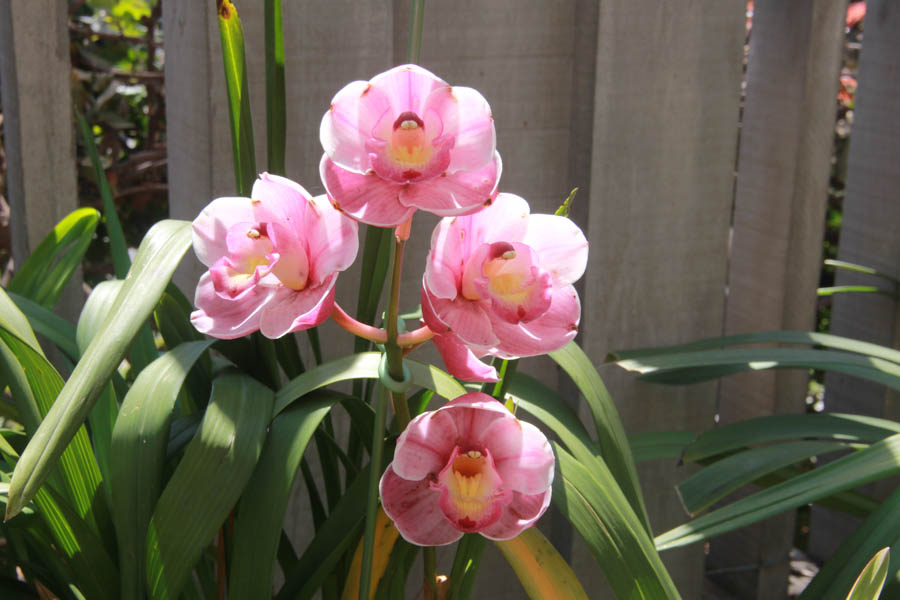
We often think of orchids as being "indoor" plants

Lighting up the garden

 Beautiful plants everywhere
Beautiful plants everywhere
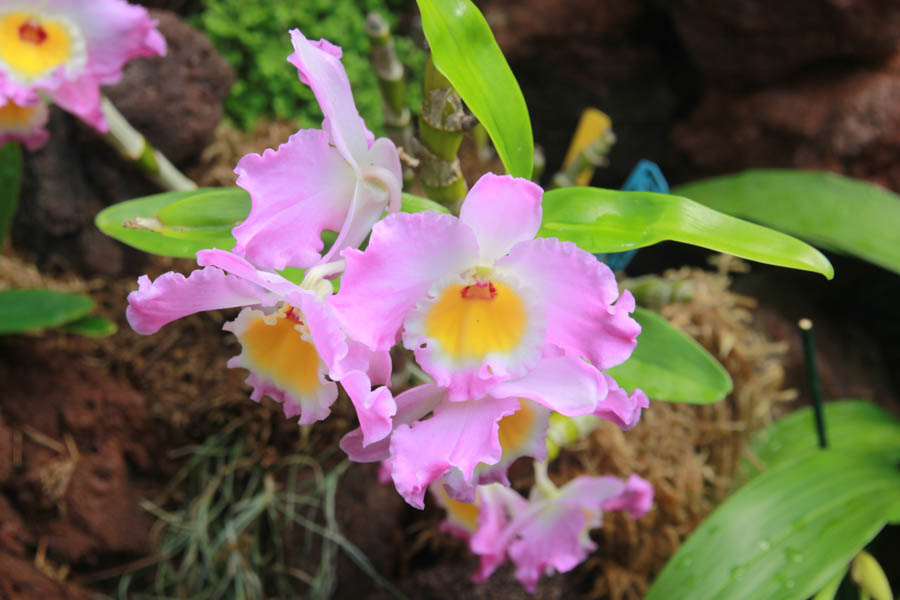
The orchids are so very delicate!
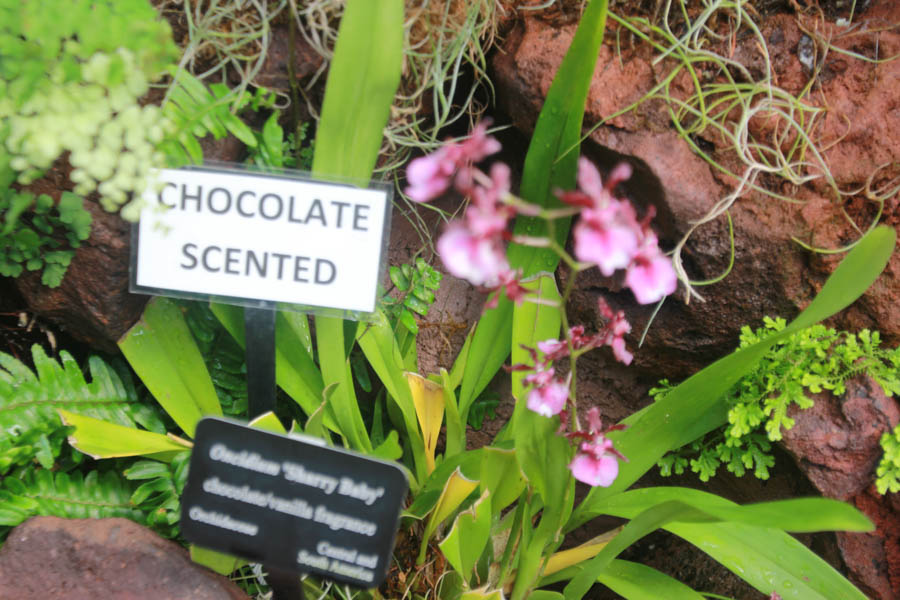
They are right! It smelled like chocolate
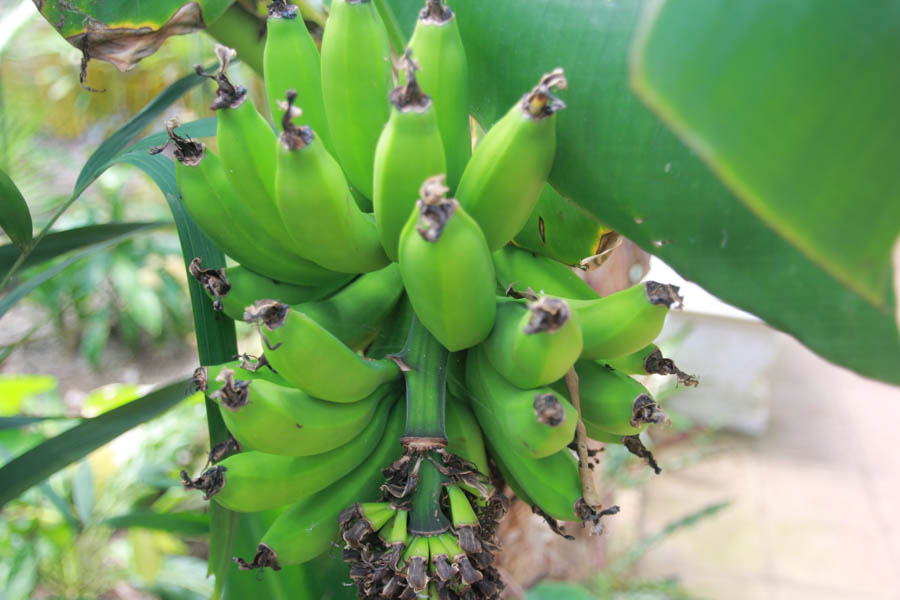
"Yes we have no bananas"
Did You Know? - "Yes! We Have No Bananas" is a novelty song by Frank Silver and Irving Cohn from the 1922 Broadway revue Make It Snappy. Sung by Eddie Cantor in the revue, the song became a major hit in 1923 (placing No. 1 for five weeks) when it was recorded by Billy Jones, Arthur Hall, Irving Kaufman, and others.
It was covered later by Benny Goodman and his Orchestra, Spike Jones & His City Slickers, and many more. It also inspired a follow-up song, "I've Got the Yes! We Have No Bananas Blues", recorded by Billy Jones and others in 1923.
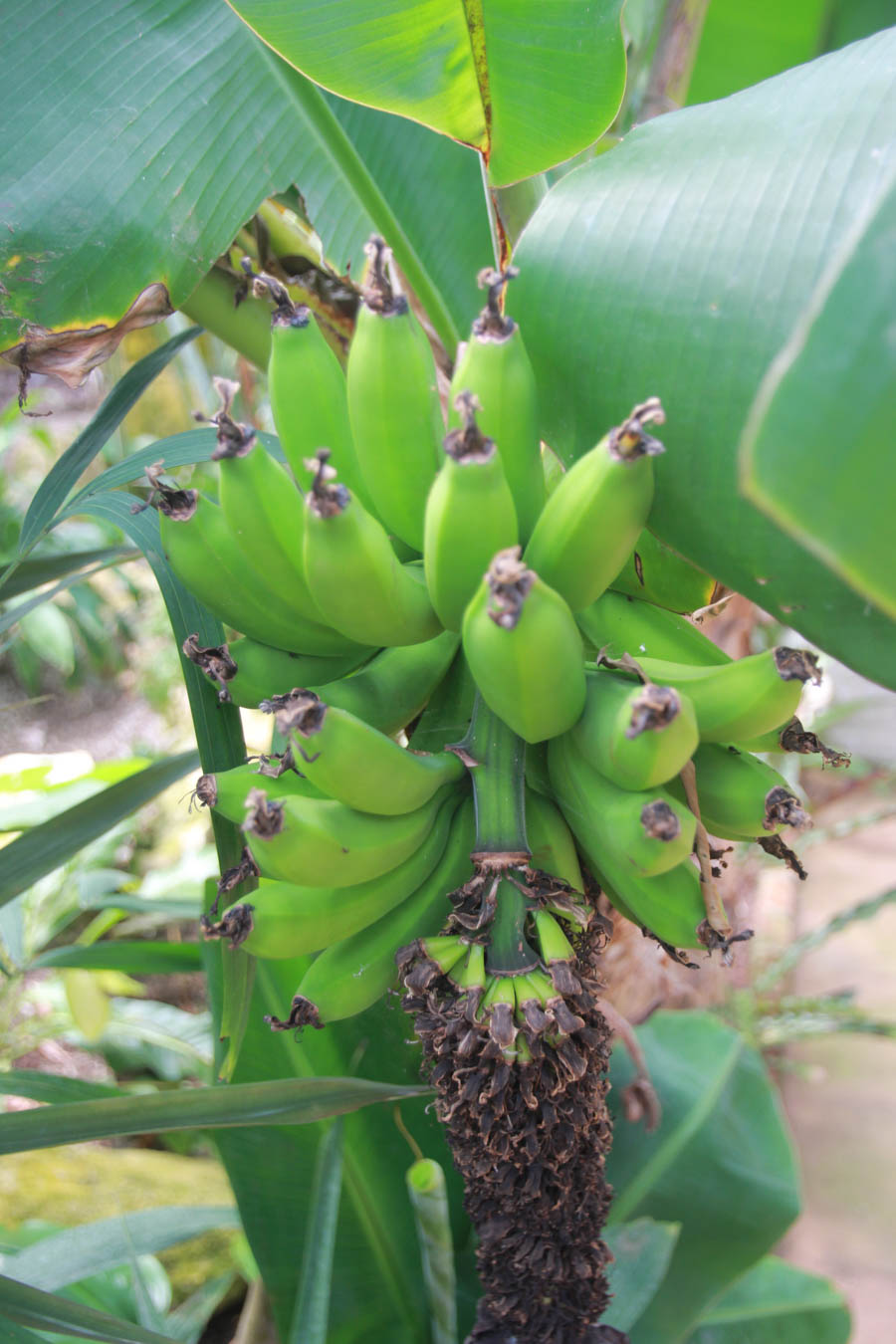
Let's make a chocolate Sunday!
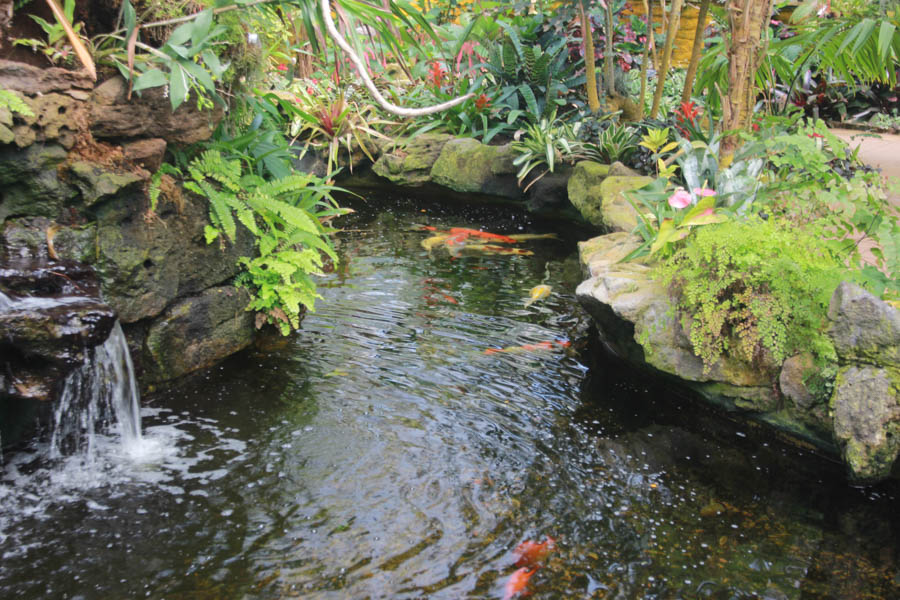
They are playing Koi
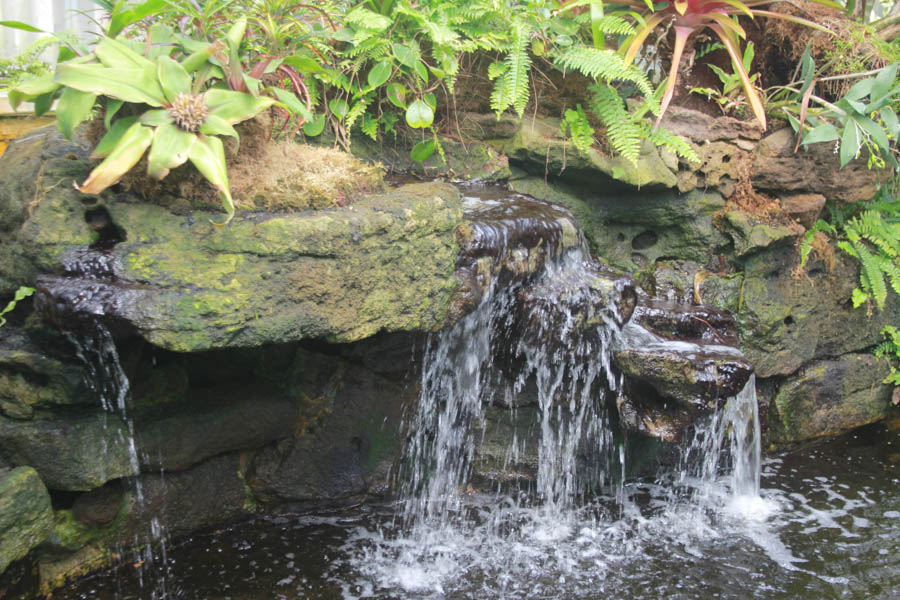
Oh dear... Must tinkle now!

They are counting their money in the bottom of the pool
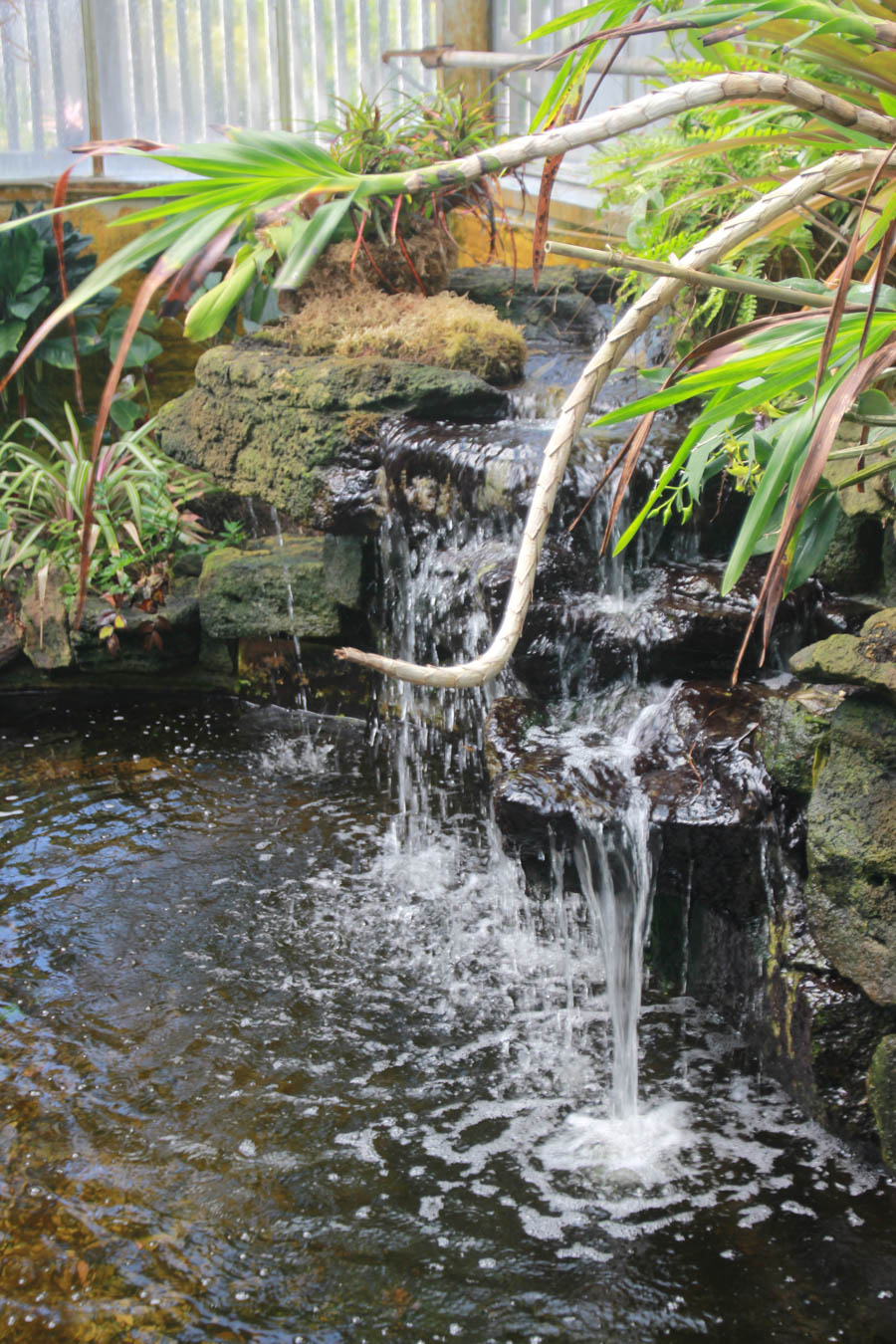
The sound is so relaxing
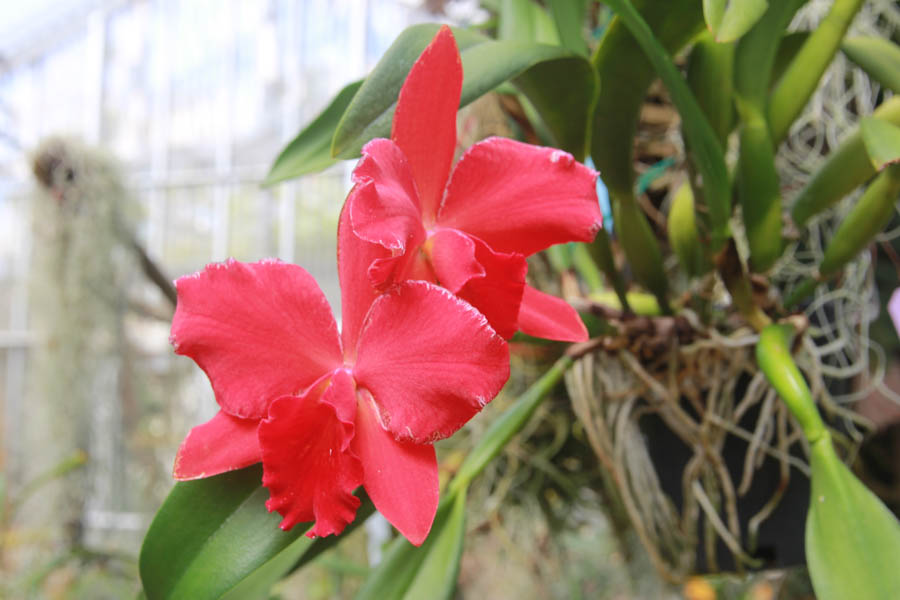
More orchids
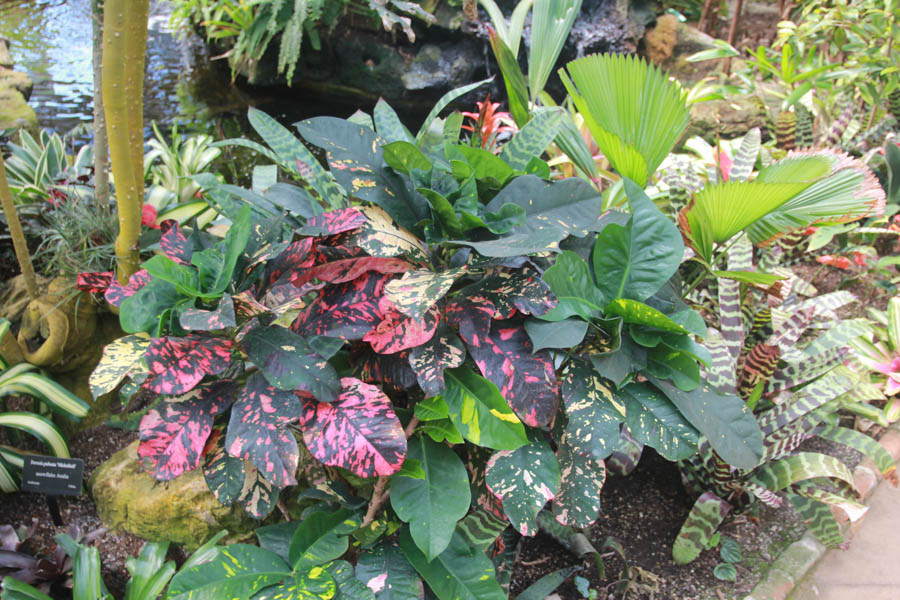
This plant does a great job of hiding
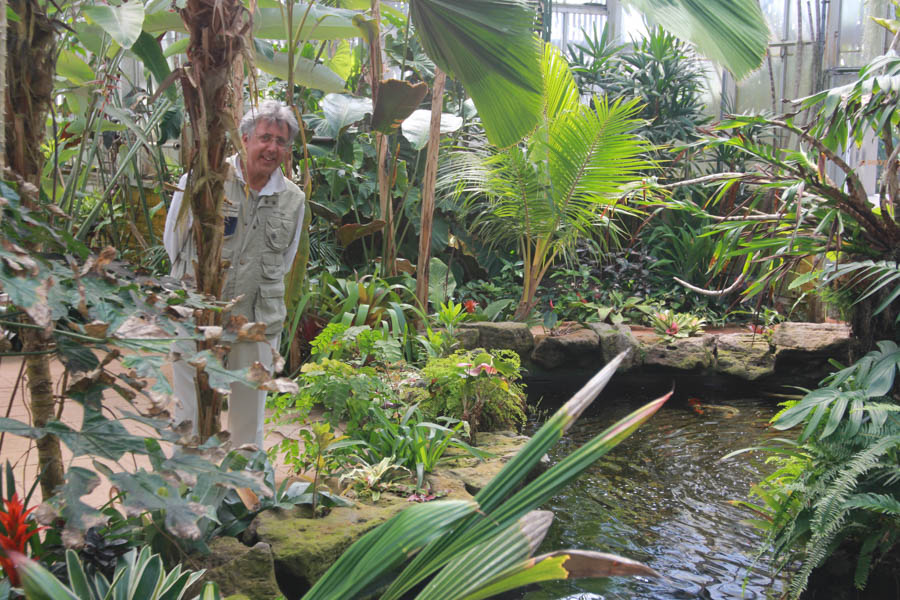
... so does Brian
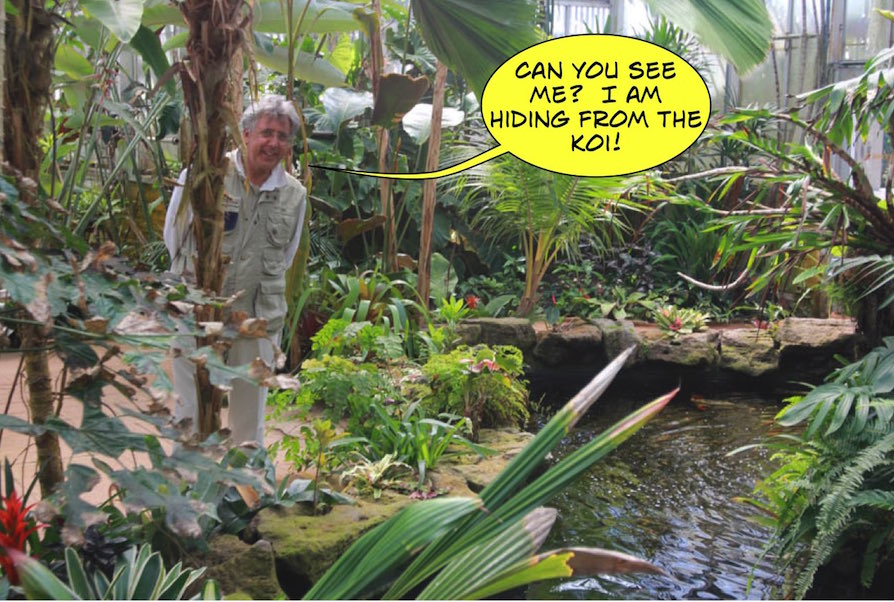
We would hate to meet him in the jundle... Scary!

This plant went right up the wall with zero supports
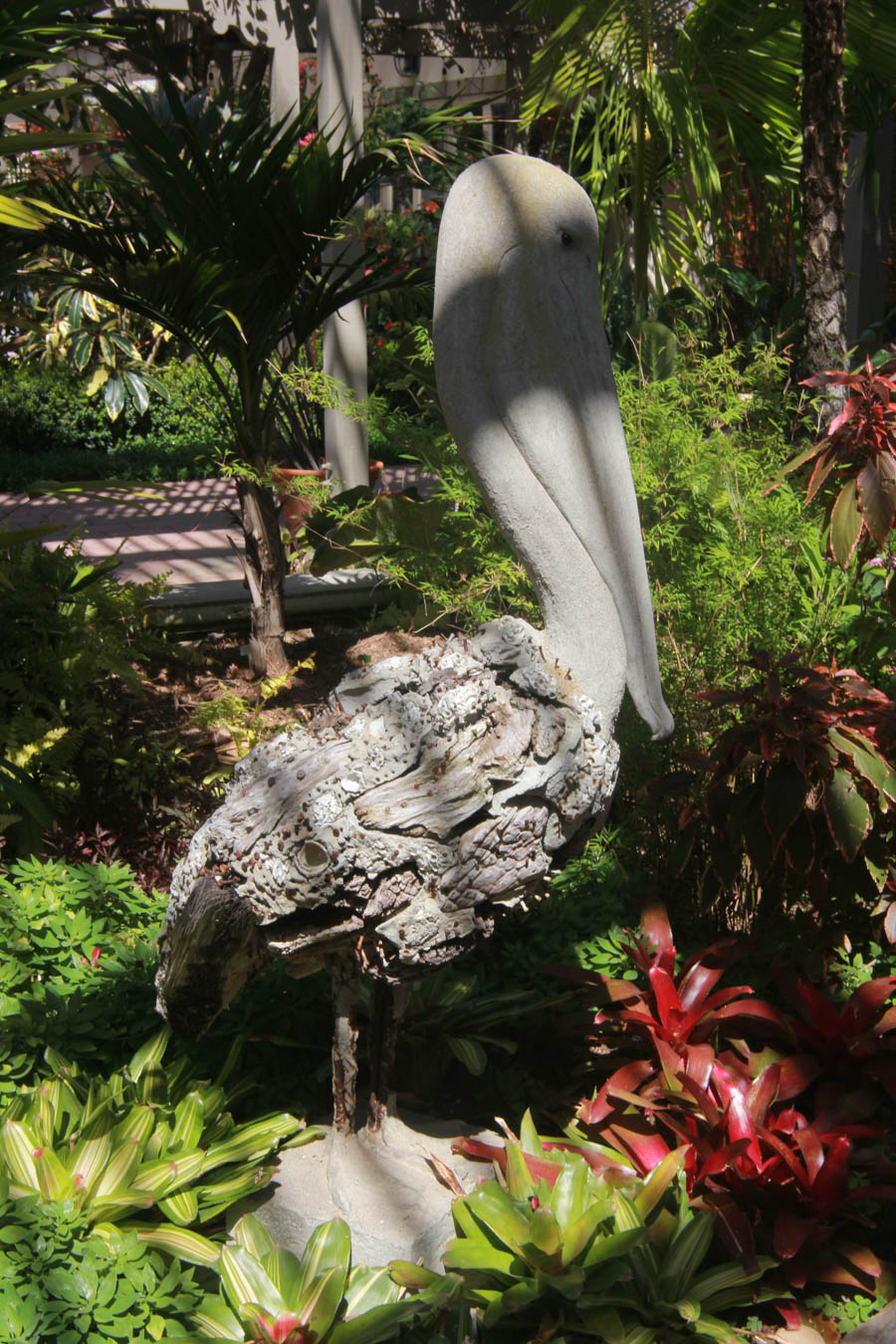
He felt bad... No Easter Bunny ears
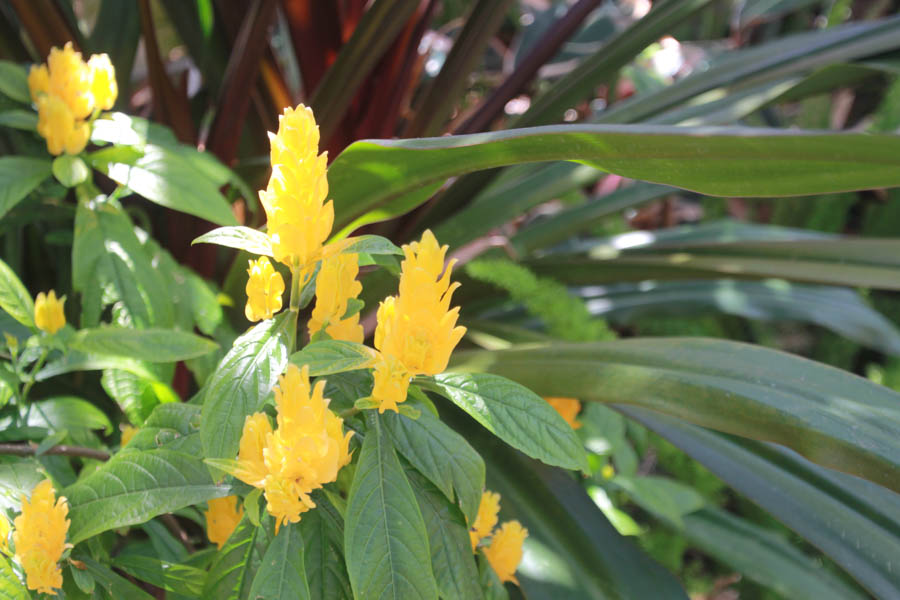
Talk about contrast
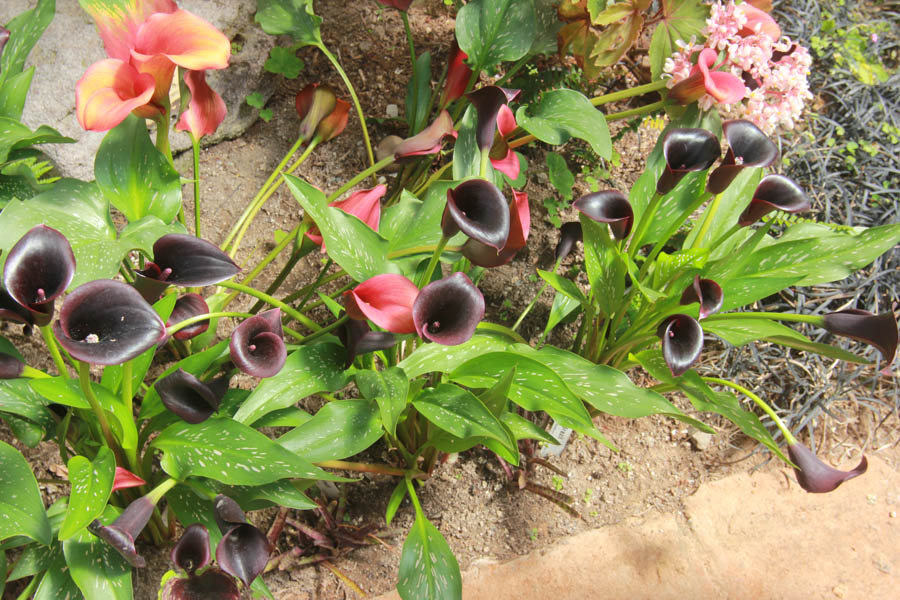
Looks like their mouths are open... Feed me!

Can you visualize a fir inside this leaf?
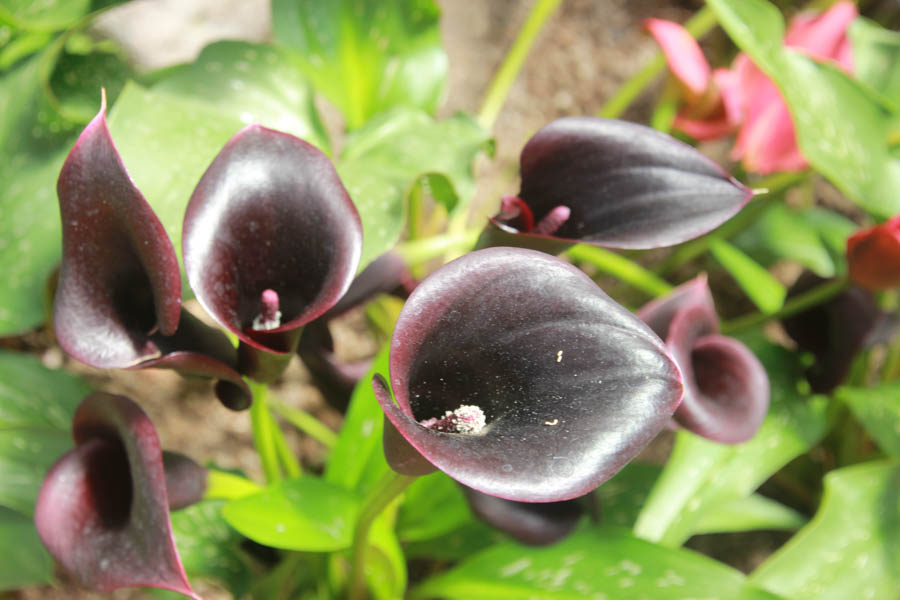
Listen carefully
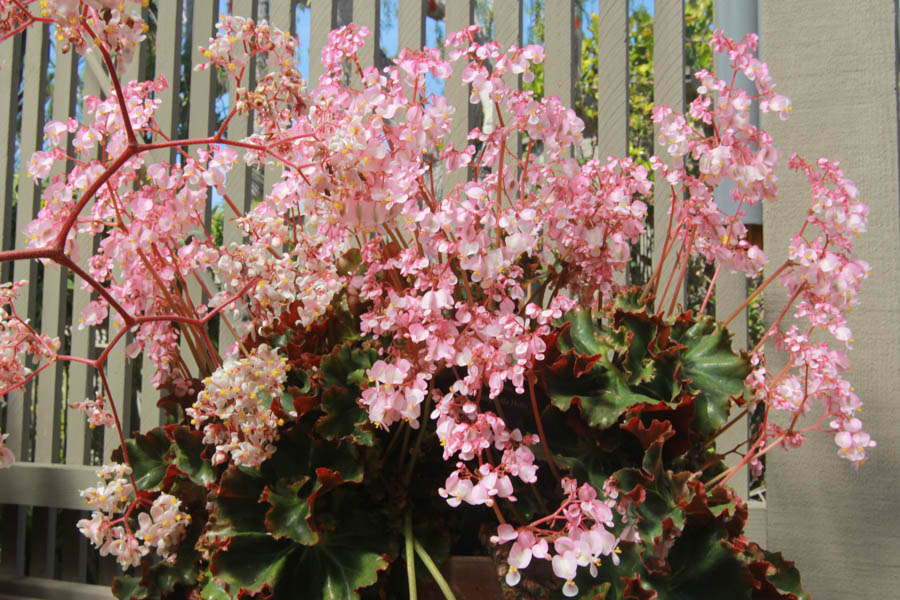
The begonias were going 90 MPH
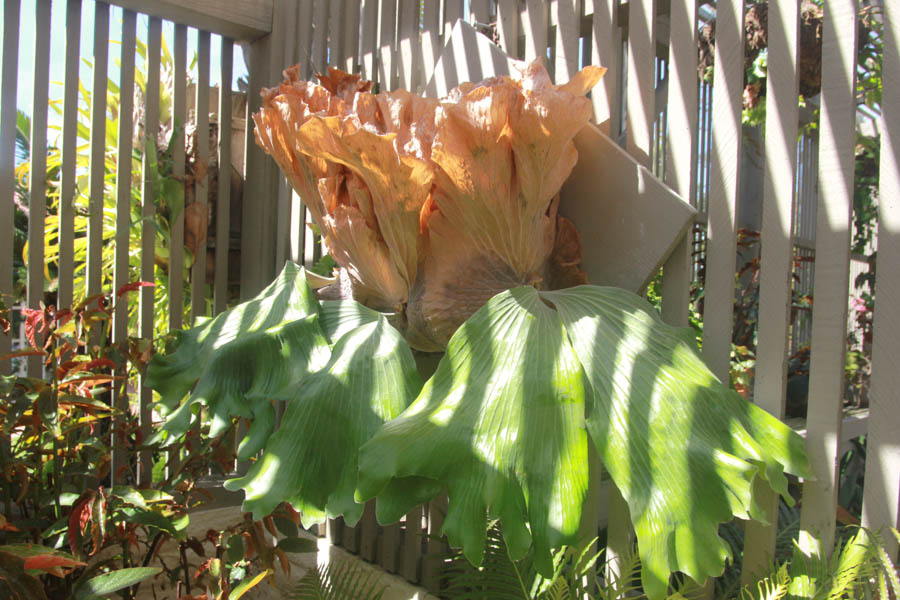 Staghorn fern ... Huge!
Staghorn fern ... Huge!
Did You Know? - The 17 species of Staghorn ferns represent one of the most unusual groups of ferns. The leaves of many of the members of the Staghorn genus (Platycerium) are antler-like in appearance rather than like a typical fern's foliage. Once seen, it becomes apparent why the common names and the scientific name for this group are most appropriate.
Staghorns have just about a worldwide natural distribution. For example, Platycerium bifurcatum comes from Eastern Australia, New Guinea, and New Caledonia; Platycerium andinum is native to Peru and Bolivia; Platycerium alcicorne is found in Madagascar; and Platycerium grande originates from Australia, Singapore, and the Philippines. While mostly tropical, a few species can tolerate cold weather. Platycerium bifurcatum, the most common species imported into this country, can tolerate temperatures as low as 15oF.
Besides their unusual shape, Staghorns occupy an uncommon habitat. They do not grow rooted into the ground, they are instead epiphytes - they "grow upon others". Commonly found on trunks of trees or in the crotches of limbs, Staghorns use these plants for support, but are not parasites and do not draw any nutrition from their hosts. For nutrition and moisture, the Staghorns rely on leaves falling from above to decay into humus, and frequent rainfall. They are perfectly adapted to their habitat since they thrive on a loose, light, humus soil, that is well drained and never remains water saturated for any significant length of time.
Like all other ferns, the Staghorns produce no flowers, fruits, or seeds. They reproduce themselves primarily by spores, which are single-celled reproductive units that are produced on the undersides of leaves. These spores are released and carried by the wind. Some fall on a suitable location, perhaps hundreds of feet above the ground in a tree, and begin the next generation of Staghorns that will ultimately grow into mature plants. Staghorns also can reproduce by means of "pups". Mature plants produce small but intact plantlets (pups) that can detach from the parent plant, and fall to take root somewhere below, often on the same tree.
Unlike other ferns, most Staghorns have 2 kinds of leaves or fronds. One of these is the sterile leaf, which is shield or dish shaped. It is called sterile because it does not produce spores. Each sterile leaf, as it grows, clasps the support on which it is found. Initially green, they turn brown and become parchment-like with age. Besides holding the plant in place, the spaces between the layers of sterile leaves accumulate water and dead decaying vegetation, supplying moisture and humus to the plant.
The other leaf type is the fertile leaf. It is erect or spreading and mostly antler-forked. It remains green at maturity, to carry on photosynthesis to provide nutrition for the plant. It is called fertile because it produces spores, found mostly at or towards the ends of the antlers. The white, dust-like material that is visible on the leaves is actually hair projecting from the leaf surface. These star-shaped (stellate) hairs are thought to inhibit moisture loss from the leaf surface.
Staghorns make hardy and long-lived houseplants, as long as one recognizes their natural requirements and duplicates them as best as possible. They thrive if attached to a plaque along with some humus. They should be watered frequently, letting them dry slightly between waterings. They enjoy very bright light but not full sun. While individual staghorns have been known to reach several hundred pounds in weight, the indoor gardener should not worry about this happening under household conditions.
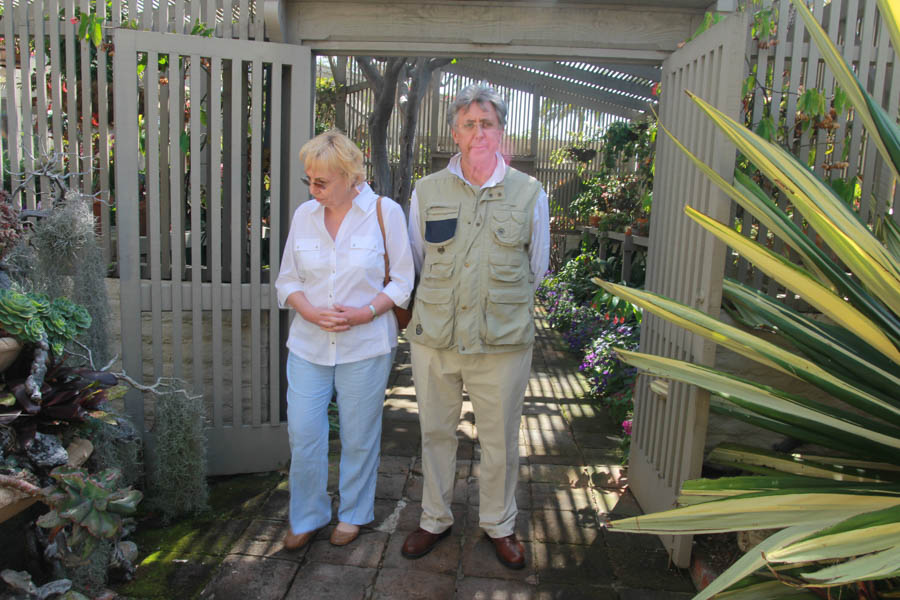
Enjoying the walk!

Everywhere one looks is nature beauty on display
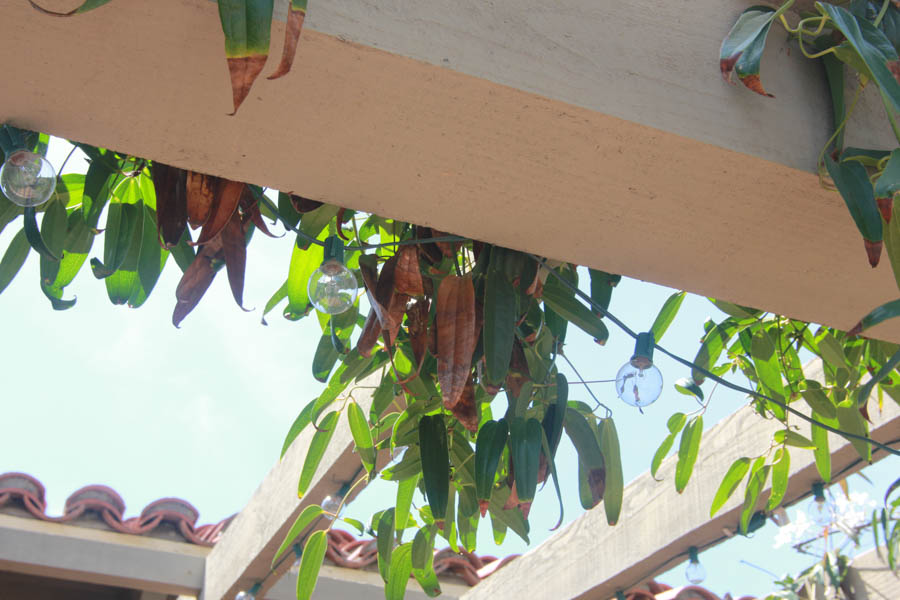
Seed pods handing low
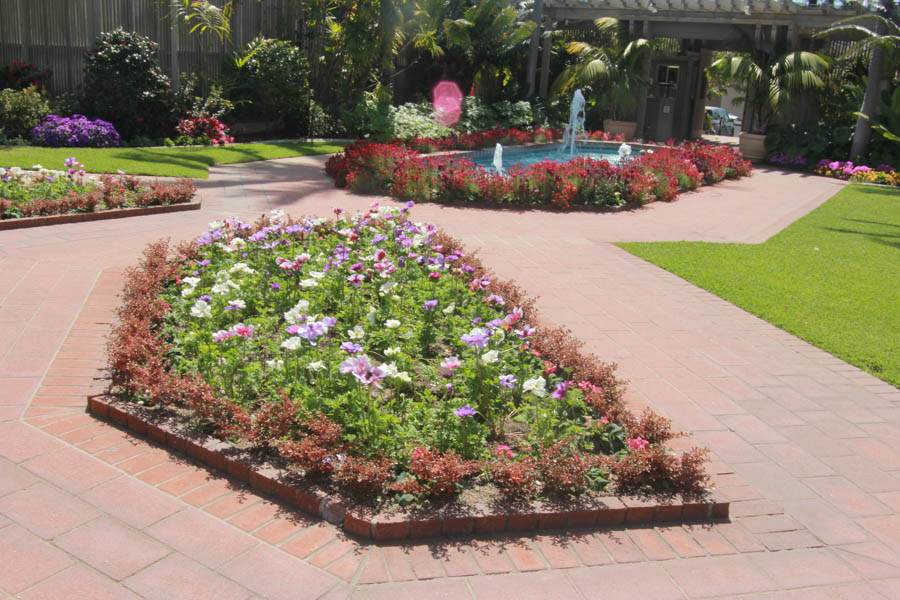
Heading for home... The final few steps

The water was crystal clear

Spurt! We wanted to jump in!

Amazing

Bye for now
